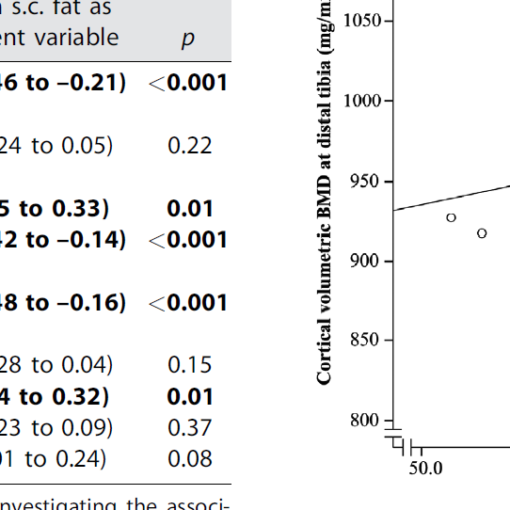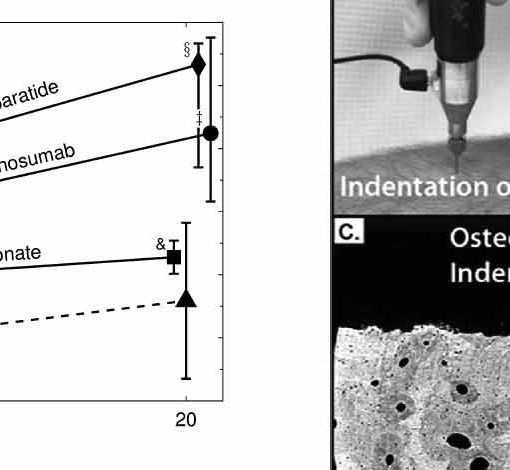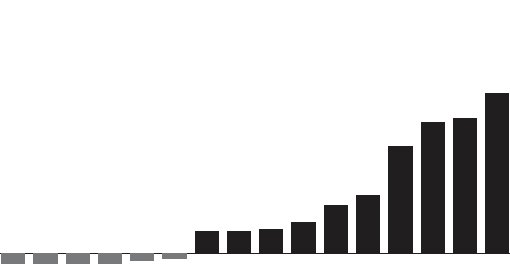Abstract
The aim of the study was to test, whether bone material strength differs between different subtypes of osteoporotic fracture and assess whether it relates to vertebral fracture severity. Cortical bone material strength index (BMSi) was measured by impact microindentation in 66 women with osteoporotic fracture and 66 age- and sex-matched controls without fracture. Bone mineral density (BMD) and bone turnover markers were also assessed. Vertebral fracture severity was graded by semiquantitative (SQ) grading. Receiver operator characteristic (ROC) curves were used to examine the ability of BMSi to discriminate fractures. Subjects with osteoporotic fractures exhibited lower BMSi than controls (71.5 ± 7.3 vs. 76.4 ± 6.2, p < 0.001). After adjusting for age and hip BMD, a significant negative correlation was seen between BMSi and vertebral fracture severity (r 2 = 0.19, p = 0.007). A decrease of one standard deviation (SD) in BMSi was associated with increased risk of fracture (OR 2.62; 95% CI 1.35, 5.10, p = 0.004). ROC curve areas under the curve (AUC) for BMSi in subjects with vertebral fracture (VF), hip fracture (HF), and non-vertebral non-hip fracture (NVNHFx), (mean; 95% CI) were 0.711 (0.608; 0.813), 0.712 (0.576; 0.843), 0.689 (0.576; 0.775), respectively. Combining BMSi and BMD provided further improvement in the discrimination of fractures with AUC values of 0.777 (0.695; 0.858), 0.789 (0.697; 0.882), and 0.821 (0.727; 0.914) for VFx, HFx, and NVNHFx, respectively. Low BMSi of the tibial cortex is associated with increased risk of all osteoporotic fractures and severity of vertebral fractures.
https://www.ncbi.nlm.nih.gov/pubmed/28246929
Calcif Tissue Int. 2017 Jul;101(1):34-42. doi: 10.1007/s00223-017-0256-5. Epub 2017 Feb 28.




